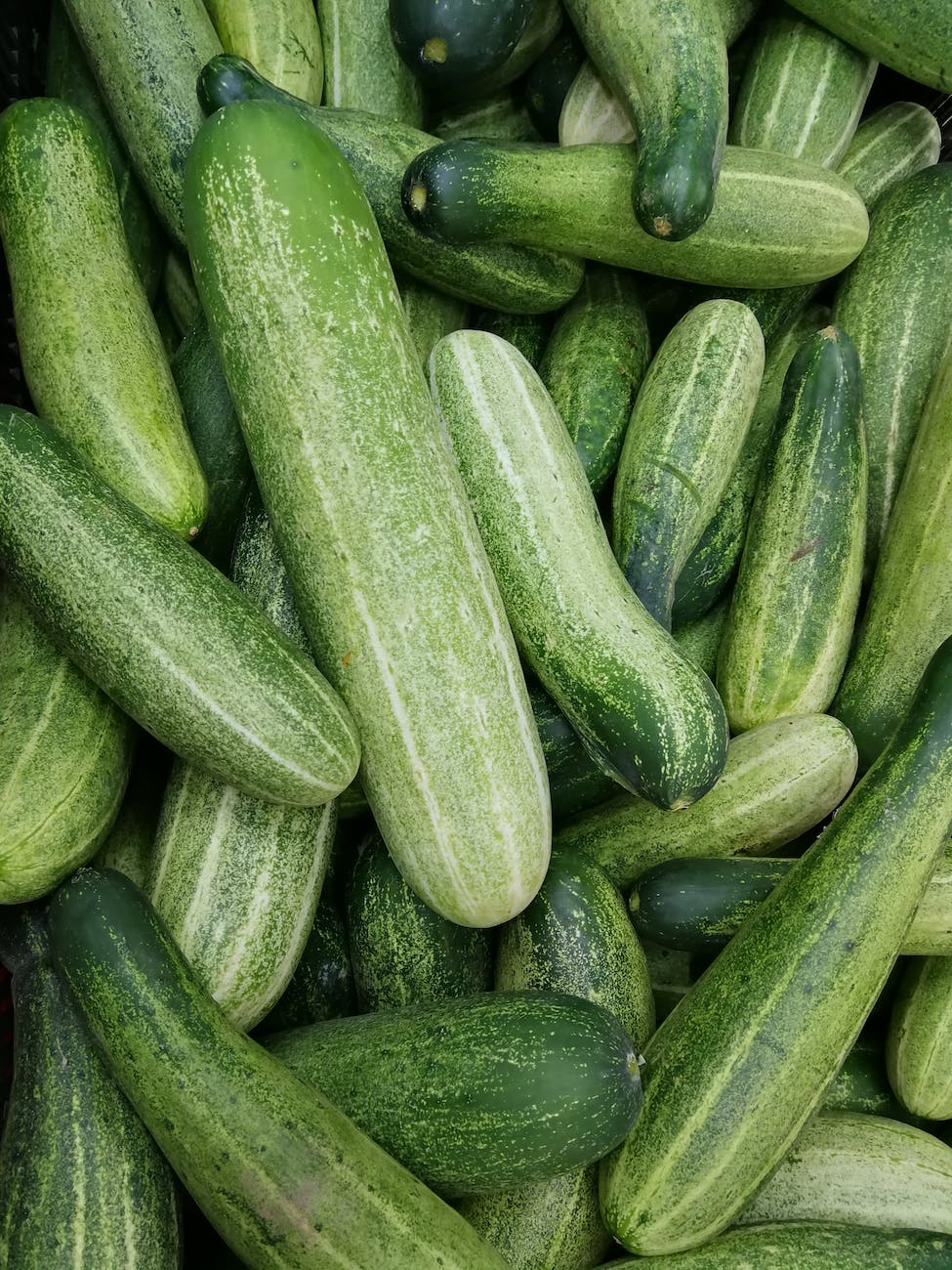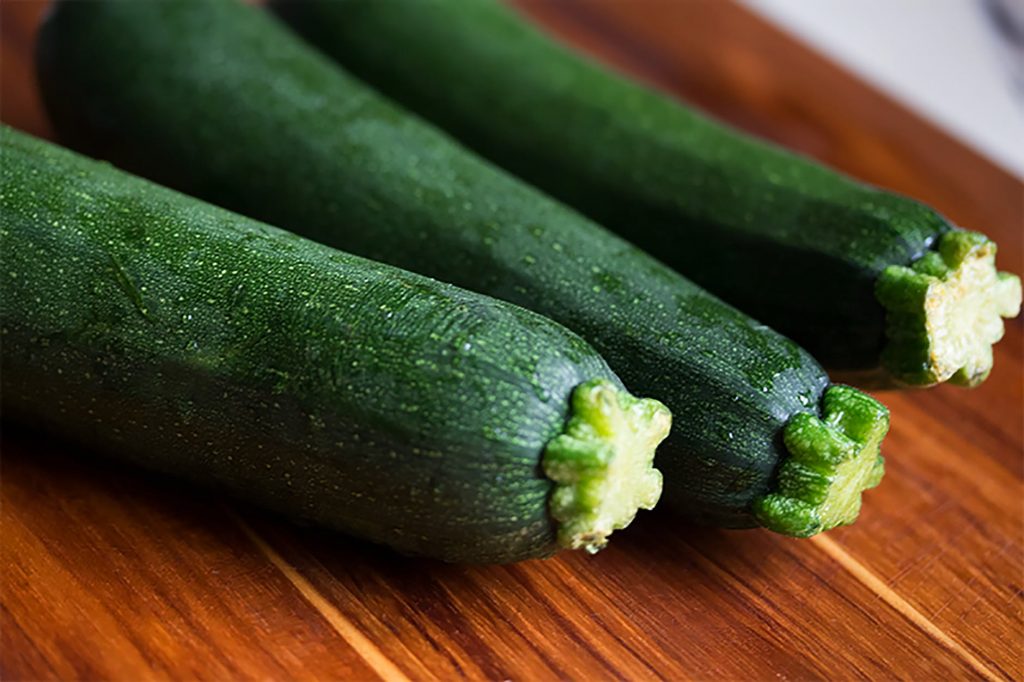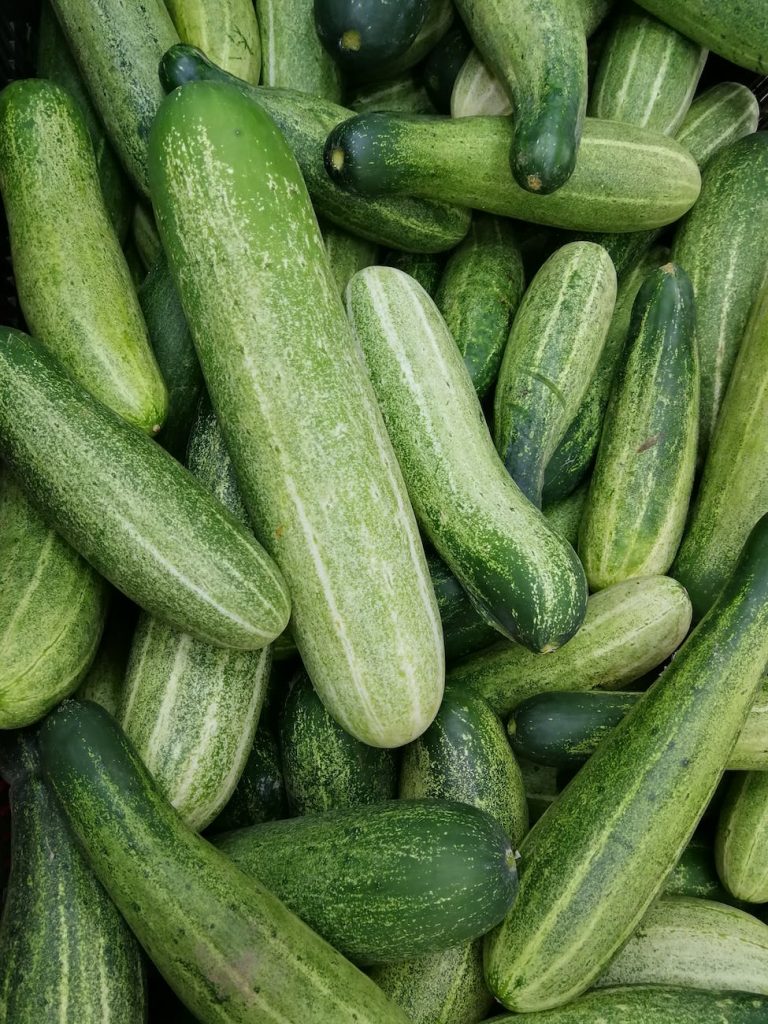
As one of the world’s most widely used vegetable oils, palm oil is an ingredient that touches many aspects of our lives, from the food we consume to the cosmetics we use and even the biofuel that powers some vehicles. However, this seemingly omnipresent oil is the epicenter of an ongoing health debate and environmental concerns. The questions – “Is palm oil bad for you?”, “Why is palm oil bad for your health?” and “How bad is palm oil for you?” – reflect the curiosity and confusion surrounding this topic. Through this detailed guide, we will shed light on these issues and give a balanced view of palm oil and its variants, including palm kernel oil, palm olein, and palm fruit oil.
Dissecting Palm Oil: Variants and Extraction
Palm oil is derived from the fruit of the oil palm tree, and due to its high yield and relative cost-effectiveness, it is a preferred choice for many industries. The oil from this fruit is presented in various forms:
- Palm Oil: This is oil extracted from the pulp or mesocarp of the fruit.
- Palm Kernel Oil: Derived from the kernel or seed of the fruit, this oil is not to be confused with regular palm oil.
- Palm Olein: The liquid component obtained when palm oil is fractionated, it is popular in cooking and frying due to its stability.
- Palm Fruit Oil: This generally refers to oil extracted from the fruit’s pulp, synonymous with palm oil.
Palm Oil and Health: A Complex Narrative
The relationship between palm oil and health is multifaceted, influenced by various factors:
- High Saturated Fat Content: Palm oil has a high saturated fat content. Traditional dietary guidelines suggest that excessive consumption of these fats could lead to increased risk of heart disease. However, the exact role of saturated fats in heart disease remains controversial and is a subject of ongoing research.
- Formation of Potentially Harmful Compounds: Palm oil, particularly when refined at high temperatures, can form compounds such as 3-Monochloropropane-1,2-diol (3-MCPD) and Glycidyl Fatty Acid Esters (GE). Some research suggests that these compounds may pose a health risk, although the exact implications are not fully understood and are still being studied.
- Nutritional Benefits: Despite the concerns, palm oil also has nutritional merits. It is a source of vitamin E compounds, like tocotrienols and tocopherols, and carotenoids, which have antioxidant properties.
Palm Oil in Peanut Butter and Your Everyday Foods
Palm oil finds its way into an impressive range of processed foods, including some of our favorites like peanut butter, chocolate, biscuits, and instant noodles, mainly because it is versatile, cheap, and enhances the product’s texture and shelf-life.
Take, for example, peanut butter – a staple for many, especially athletes, bodybuilders, and anyone looking for a quick, protein-rich snack. The palm oil added to most commercially available peanut butter helps to prevent oil separation and gives it a smooth, spreadable texture that many of us love.
While the palm oil itself in moderate amounts isn’t typically harmful, consuming these processed foods in large quantities can add up to a significant intake of saturated fats, potentially increasing the risk of heart disease. Additionally, when palm oil is refined at high temperatures, it can form compounds like 3-Monochloropropane-1,2-diol (3-MCPD) and Glycidyl Fatty Acid Esters (GE), which have raised health concerns.
Other popular products that often contain palm oil include:
- Instant Noodles: Palm oil is used in the preparation of the noodles and the seasoning oil packet.
- Biscuits and Cookies: It’s often used because it’s solid at room temperature, giving these products their distinct crunch.
- Chocolate: Palm oil helps create a smooth and shiny appearance and prolongs shelf life.
- Pizza Dough: Some commercial pizza doughs use palm oil to improve the texture.
- Margarine: Palm oil’s solid-at-room-temperature property makes it ideal for creating spreadable margarines.
The takeaway here is not to avoid these foods entirely, but to be mindful of your consumption. Opt for natural, unsaturated fats when you can, such as olive oil, avocados, and nuts. When choosing processed foods, look for products made with sustainable palm oil to ensure you’re making an environmentally friendly choice. And remember, even the healthiest foods can have adverse effects when not consumed as part of a balanced diet.
Navigating Choices: The Organic and Sustainable Route
Organic palm oil is produced without using chemical pesticides or synthetic fertilizers, which makes it a better choice for those wishing to reduce potential exposure to these chemicals. But it’s important to note that the nutritional profile of organic palm oil, including its high saturated fat content, is the same as non-organic palm oil.
For those concerned about environmental impact, there’s the option of products made with sustainable palm oil, certified by bodies such as the Roundtable on Sustainable Palm Oil (RSPO). This ensures the oil is sourced from plantations that adhere to rigorous environmental and social criteria.
FAQs About Palm Oil
Q1: Why is palm oil considered bad for health? Palm oil’s reputation as a health villain largely stems from its high saturated fat content and the potential presence of harmful compounds like 3-MCPD and GE, particularly in oils that have been excessively refined or heated.
Q2: How bad is palm oil for you? Palm oil, like any other oil, when consumed in moderation, fits into a balanced diet. It’s when consumption is excessive or predominantly from processed foods that health issues may arise.
Q3: Is palm kernel oil bad for you? Palm kernel oil, with even higher saturated fat content than palm oil, should also be used in moderation. The same considerations regarding processed foods and overall diet balance apply here.
Q4: Is palm fruit oil bad for you? As palm fruit oil refers to the oil extracted from the pulp of the fruit, it’s effectively the same as palm oil. Therefore, the same health considerations apply.
Q5: Is palm olein bad for you? Palm olein is often used in cooking and frying for its stability. It carries a similar nutritional composition to palm oil and should be consumed in moderation due to its saturated fat content.
Conclusion: A Holistic View of Palm Oil
To answer the question, “Is palm oil bad for you?” we need to consider not just the oil’s nutritional content and potential health effects, but also the broader implications of its production. Yes, palm oil has high saturated fat content, and the refining process can lead to the formation of potentially harmful compounds. But moderate consumption, especially when part of a varied and balanced diet, isn’t typically harmful.
The environmental impact of palm oil production, however, is a crucial aspect of the debate. Deforestation, loss of biodiversity, and the displacement of local communities are serious issues associated with palm oil production. Choosing products with sustainably sourced palm oil can help mitigate these environmental concerns.
So, the palm oil debate is not just about health—it’s about sustainable practices, informed choices, and the pursuit of a better, healthier world.
Tags: Palm Oil, Nutrition, Health, Diet, Saturated Fats, Palm Kernel Oil, Palm Olein, Palm Fruit Oil, Organic Palm Oil, Sustainable Palm Oil, Environmental Impact, Deforestation, 3-MCPD, Glycidyl Fatty Acid Esters.














